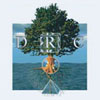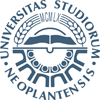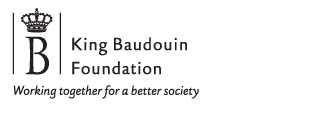Sightseeing
The Petrovaradin Fortress
The building of the imposing fortress of Petrovaradin, largest fortification in Austro- Hungarian Empire, based on Voban's plans started in 1692 at the location of a previous fortress, on the 40 meters high hill above the city. The first phase of construction lasted until 1726 and the second from 1753 to 1780. This was one of the most impressive buildings of military architecture of that time in Europe. It has also never been conquered by enemy troops.
The "Gibraltar on the Danube", as it used to be called, was built most intensively during the reign of the Empress Maria Theresa. The Fortress occupies the space of 112 ha, with a unique system of underground corridors, the total length of which is more than16 km.
Fruska gora
Fruska Gora is a mountain locatedon the right river bank of the Danube in the length of about 80 km. The highest peak is Crveni Cot (549 m). It was proclaimed a national park in 1960. Fruska Gora arose as the island in the lost Pannonian Sea and it is unique with its microclimate and fossil remains. There are also more than 20 monasteries located on its slopes, which is why some call it the Holy Mountain.
Sremski Karlovci
Sremski Karlovci, "a town of history" is located on mild slopes spreading from the Danube towards Fruska Gora, on the road connecting Novi Sad and Belgrade (12 km from Novi Sad). The settlement in the outskirts of Fruska Gora valley, towards the river, has existed here from ancient times. From the 14th century on we can trace the development of a church-administrative and cultural centre. After the Peace Treaty signed in Karlovci in 1713 the place became the official centre of the highest clergy of the Orthodox Church. Karlovci hosted many national-church assemblies, the most significant of which were those held in 1848, 1861 and 1864/1865.
By the end of the 18th century (1791) the first Serbian Grammar School was established in Sremski Karlovci, as the successor of the Latin School, where first activities related to the establishment of the theatre and other cultural activities were organised. The Grammar School in Karlovci, in its long history, has remained one of the oldest cultural institutions of the Serbs. Education of one of the most significant Serbian poets, Branko Radicevic (1824-1853) was also connected with Karlovci, as he lived there for six years (from the age of 11 to 17).
The Orthodox Church built (1758-1762) in a baroque style, with the changed renaissance facade (1909) treasures the exquisite works of painters such as Kracun, Cesljar, Orfelin and Paja Jovanovic.
The building of the Magistrate (1806-1811) in the empire style represents a fine example of such architecture.
The Roman-catholic church, built at the beginning of the 18th century and renewed in 1768, possesses interesting elements in the complex of diverse construction.
Sremski Karlovci are also renowned for their vineyards and fine wines, one of which is "Bermet" (special dessert wine).






